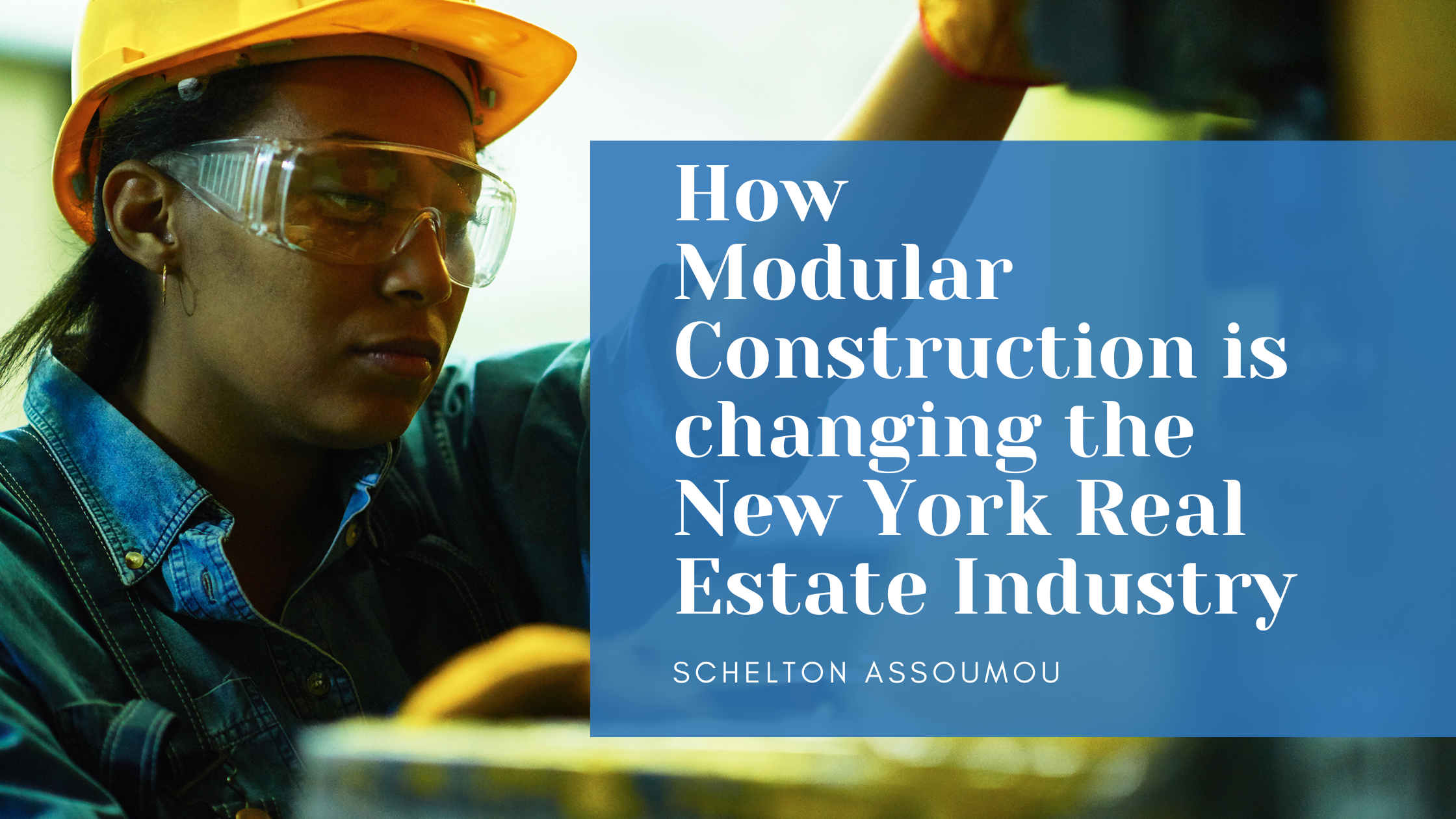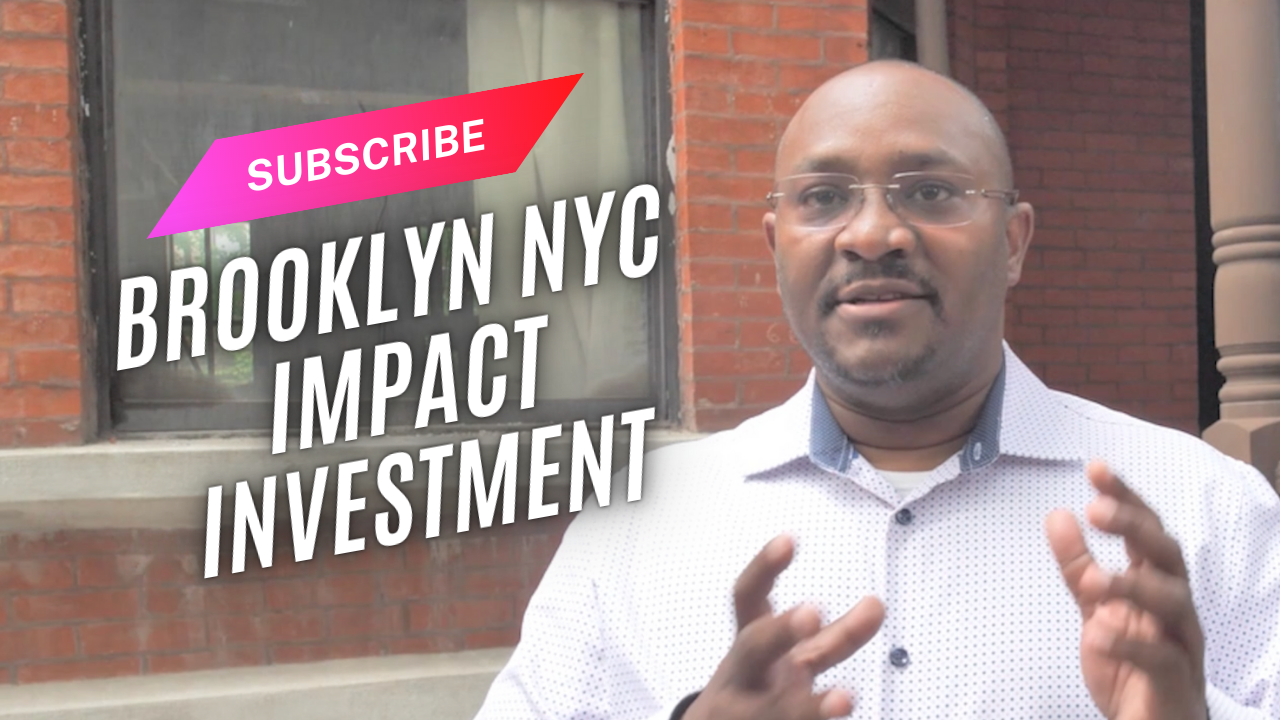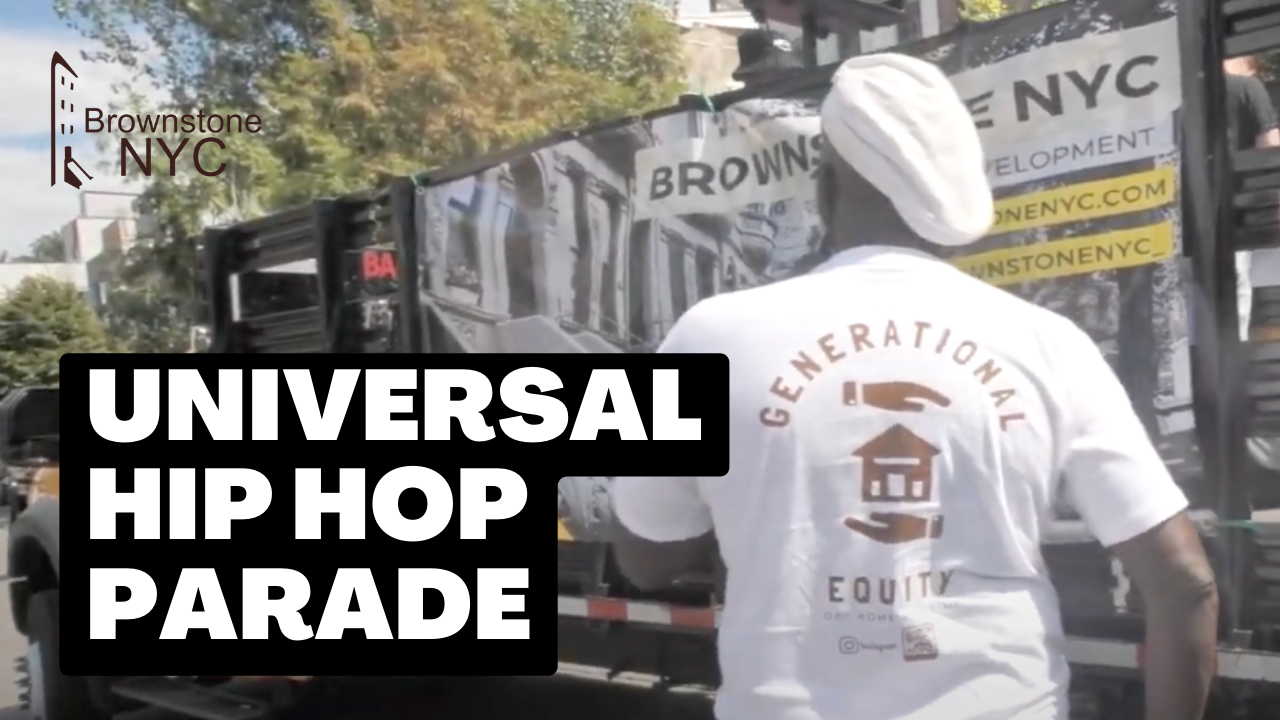3 Reasons Why Now is the best time to invest in Bronx Real Estate
A slowing job market, political uncertainty, global trade friction, new legislation, and the Covid-19 Pandemic are adversely affecting real estate investment in New York in 2020. As development continues to exhaust demand for housing in New York, and because nearly every neighborhood has been ‘rediscovered’ by investors and first time home buyers, the market will experience a recalibration of priorities in selling and buying.
According to Michael Rossi, CEO Elegran, property sellers will increase the pace of price adjustments to reflect the new reality. They will offer steeper discounts to move inventory, although potential buyers may continue playing a wait and see game. Michael is convinced that 2020 will be a buyer’s market, offering increased and better opportunities for savvy buyers to make an entry into the NYC residential market at new construction prices and lower resale points.
The Bronx is expected to witness the newest development with projects pulling permits to commence construction. Jonathan Adelsberg, a Partner at Herrick Feinstein, feels that the entire NYC market is experiencing a readjustment and, therefore, any changes in the Bronx borough should be viewed through that lens. We have market conditions where potential buyers are pulling back, probably a healthy thing, and a reality check is needed to get the property pricing to where it should be. However, Jonathan is convinced that a shifting market won’t sideline the Bronx’s revival, and the borough will remain an attractive destination for skilled investors.
1. Covid-19 and Changed Lifestyles
When things go south, investors like pouncing—but it’s important to consider how the coronavirus pandemic makes residents of the Big Apple rethink their lifestyles. More New Yorkers are now likely to be drawn more strongly to the privacy offered by townhouses or boutique buildings rather than full-service, large buildings with a range of shared amenities. Others are considering leaving the inner city entirely and moving to more spacious and less crowded houses in the suburbs such as the Bronx.
Matthew Hughes observes that buyers’ checklists have changed significantly, with some seriously considering moving out and exploring the suburbs, while weighing their options like living in a single-family home. The property market is witnessing a lot of speculation right now. While buyer activity is quickly recovering from COVID-19 lows, home sellers continue listing fewer homes than before the pandemic.
Many experts believe that home sellers remain reluctant to list due to ongoing Covid-19 concerns. Until that confidence is regained, we shall continue to witness that constraint during what is still likely to be an active summer market.
2. Dip in Property Prices
Throughout NYC, land prices have come down significantly over the past year. The lower prices have resulted in greater investment opportunities for developers wishing to acquire land at low cost and build multifamily rental properties, especially to hold on to for the long term in locations like the Bronx. According to Adam Mermelstein of Treetop Development, low land prices and higher rents are a great opportunity for those wishing to invest and develop new rental buildings.
Even before the first cases of the Covid-19 virus were reported, the US’s property market was already enjoying low mortgage rates for several months. However, shortly after the WHO officially declared the coronavirus as a global pandemic, the US Federal Reserve swiftly moved in attempts to boost the economy as the tough times set in. The Federal Reserve cut the federal funds rate bringing it close to almost 0% interest rate.
The Bronx was already a kind of pioneer ground for emerging market-rate development. However, some of the big real estate names and institutions want to see demonstrated success before committing. In the Bronx, land costs are still ranked among the lowest in the NYC boroughs, and if you believe in the long-term, it may be prudent to buy if the right deals come your way. According to Michael Weiser of GFI Realty Services, most investors seeking advice want to purchase existing assets targeting returns in the mid-teens and hoping to double their equity over the long haul.
In the Bronx investment sales market, development sites are among the most actively traded assets. They rank the second highest in terms of transaction volume just behind multifamily. In the first half of 2020, however, the development market in the Bronx still saw a decrease of 50% in dollar volume and a transaction volume decrease of 56% decrease year-over-year that consisted of 17 transactions that accounted for a total gross consideration of about $144 million.
3. Impact of New Tax Legislation
The new legislation is likely to increase rental rates across New York City, considering there are about a million rent-stabilized apartments within NYC. The Democrat-controlled state senate has passed several bills, and a massive tenant’s rights push that is likely lead to tighter restrictions placed on landlords. For example, it will become harder to get some apartments removed from the purview of the rent-stabilization policy and limit the power of landlords to raise rents once their existing tenants have moved out.
While the new laws hurt landlords owning rent-controlled properties, the stricter rent control regulations will lead to a reduction in the supply of housing and rents, shooting 5% more than they would normally have. On the other hand, landlords who wish to avoid dealing with the ensuing hassle may be ready to sell their properties at a discount just to stay away from the new regulations.
As listings pile up coupled with high property taxes, expect to see a new wave of home sellers marking down their NYC assets to sell. Those wishing to invest in NYC real estate may see this as an opportunity.
Conclusion
Alex Cohen of Core advises investors to give priority to the Bronx when considering multifamily properties in NYC. Bronx saw the largest rent gains across the five NYC boroughs in 2016. The proximity to Manhattan by subway makes several Bronx neighborhoods particularly attractive to millennial renters that are cost-conscious and could prove key to a millennial-oriented investment strategy. Given that the local gross rental yield in the Bronx tends to vary between 5.46 and 6.28%, we shouldn’t be surprised at the hype over the Bronx housing market.




